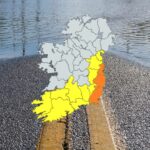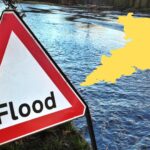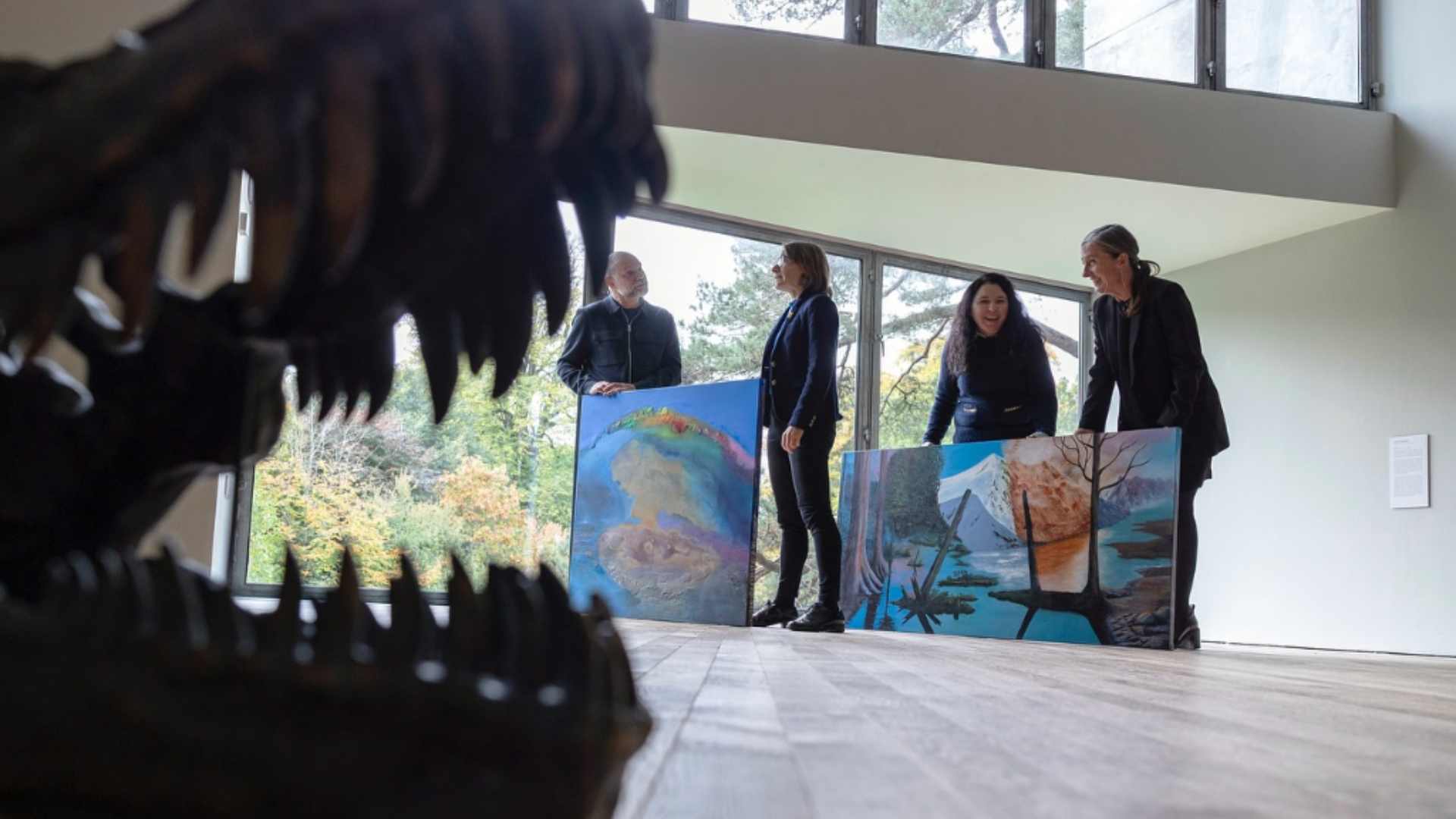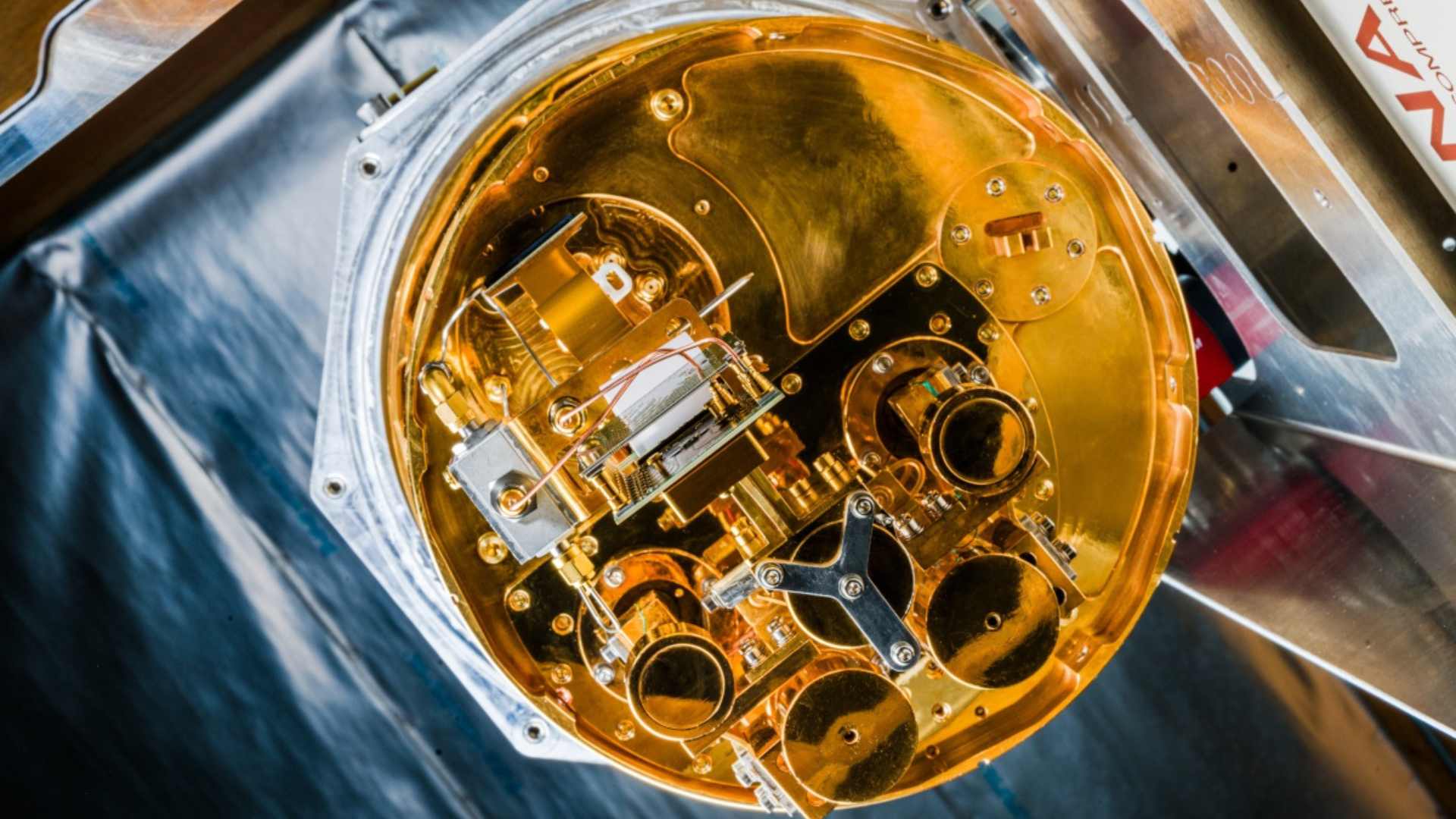
Continents slowly stripped from below, study shows

Earth scientists have uncovered evidence that continents are slowly peeling away from beneath, fuelling volcanic activity in the oceans and helping to solve a long-standing geological mystery.
The research, led by the University of Southampton and published in Nature Geoscience, shows that thin layers of continental material are stripped from below the continents and drawn into the oceanic mantle, the hot and mostly solid layer beneath the ocean floor. This material can then feed volcanic activity for tens of millions of years.
The discovery helps explain why many volcanic islands far from tectonic plate boundaries contain rocks with a distinctly continental chemical makeup, despite being located in the middle of oceans.
The international study involved researchers from the GFZ Helmholtz Centre for Geosciences and the University of Potsdam in Germany, Queen’s University in Canada and Swansea University.
Many ocean islands, including Christmas Island in the Indian Ocean, contain unusually high levels of elements normally found in continental crust. Scientists had assumed these came from sediments recycled when ocean plates sink into the mantle or from plumes of hot rock rising from deep within the Earth. However, those theories cannot account for all cases, as some volcanic regions show no sign of crustal recycling while others are too shallow and cool to be powered by deep plumes.
“We’ve known for decades that parts of the mantle beneath the oceans look strangely contaminated, as if pieces of ancient continents somehow ended up there,” said Professor Thomas Gernon of the University of Southampton, the study’s lead author. “But we haven’t been able to explain how that continental material got there until now.”
The researchers propose that when continents stretch and break apart, they also peel away from below. Computer models show that deep tectonic forces create a slow-moving wave in the mantle that travels along the underside of the continent, stripping off fragments of its deep roots. These fragments are carried sideways for hundreds or even thousands of kilometres into the oceanic mantle, where they can fuel volcanic eruptions over long timescales.
Professor Sascha Brune of GFZ Potsdam, a co-author of the study, said the effects of continental breakup continue for far longer than once thought. “The mantle is still feeling the effects of continental separation long after the continents have moved apart,” he said. “The system keeps reorganising and transporting enriched material far from where it began.”
To test the theory, the team examined volcanic rocks from the Indian Ocean Seamount Province, formed after the supercontinent Gondwana broke apart more than 100 million years ago. Their analysis revealed that soon after the breakup, magma rich in continental elements rose to the surface without evidence of a deep mantle plume. Over time, that chemical signature faded as the flow of material from beneath the continent decreased.
Professor Gernon said the results reveal a new process shaping the composition of the Earth’s interior. “We’re not ruling out mantle plumes, but this discovery points to another mechanism that helps explain how continental material becomes mixed into the oceanic mantle,” he said. “These mantle waves can transport blobs of continental rock deep beneath the oceans, leaving a chemical trace that lasts long after the continents have drifted apart.”
The research builds on earlier work by the team showing that slow movements in the Earth’s mantle can also trigger diamond eruptions and reshape landscapes thousands of kilometres from the edges of tectonic plates.
Share this WeathÉire story:







